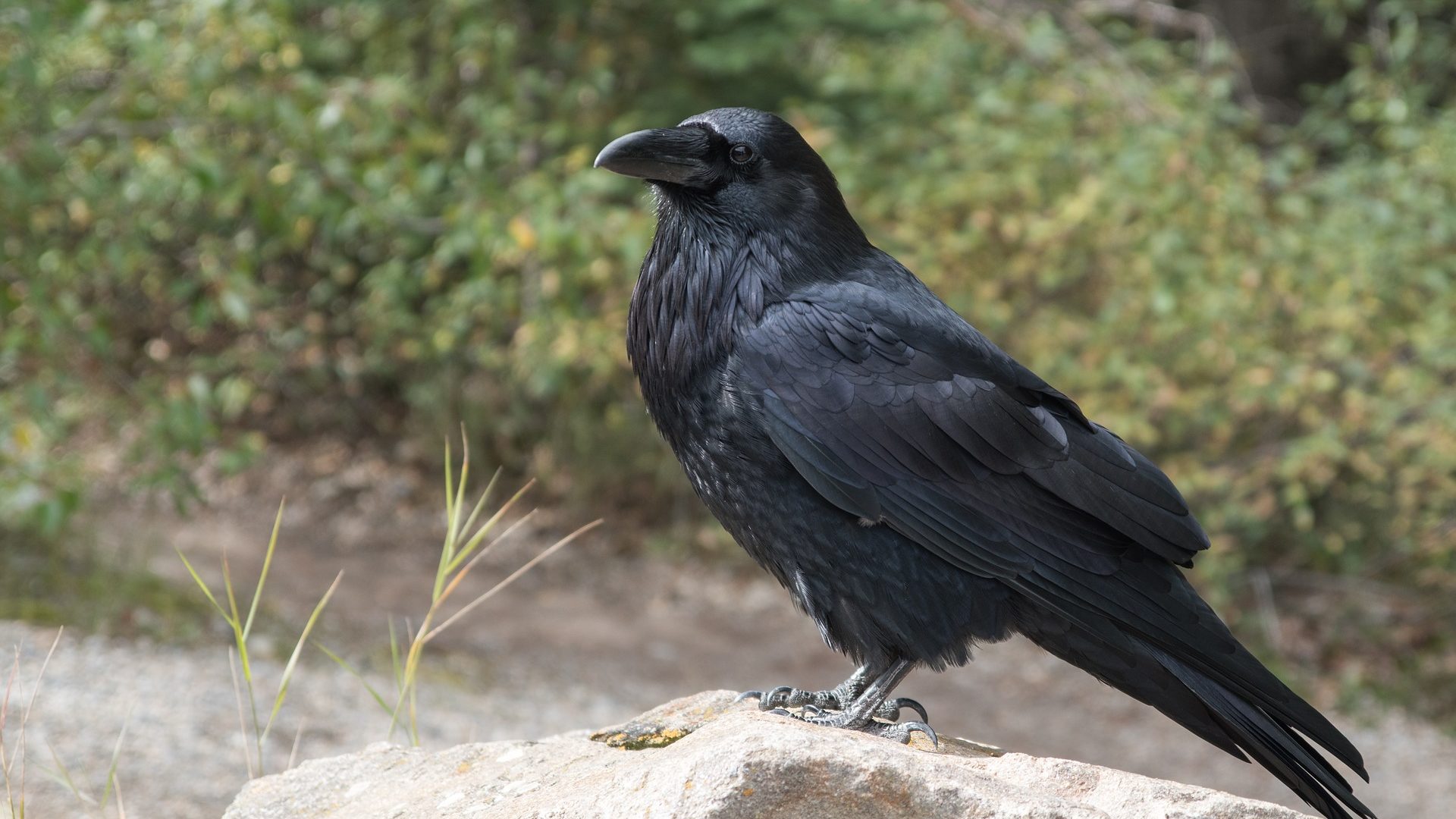Written by Willow Sedam, Animal Husbandry Staff
Mindful Mondays: Do Animals Feel Emotion?
Throughout history, humans have been asking questions about the natural world. But there’s one we keep coming back to with endless curiosity: do animals feel?
The ancient Greek philosopher Pythagoras was an early ponderer of this very question. A vegetarian, Pythagoras believed that animals and humans had the same souls, and should be treated equally. He was even known for going into markets and purchasing live animals, only to set them free. But Pythagoras’s ideas were controversial – the later philosopher Aristotle created his own theory, a ranked view of nature that put humans at the top and the lesser, “irrational” animals below them. For Aristotle, and many thinkers who followed in his footsteps, the idea of animals having souls or feeling pain, let alone emotion, was a strange one.
But is it really that odd to imagine that animals might feel emotions like we do?
After all, it’s not hard to find instances of animal behavior that appear to be driven by emotion. Take your dog to the vet or start up the vacuum cleaner around him, and you’ll see a response that looks a lot like anxiety, fear, or even anger. If animals appear to feel negative emotions, couldn’t they feel positive ones as well? Might they feel a similarly wide range of emotions to ours?
Elephants and whales have both been observed behaving unusually around dead herd members, guarding the bodies of fallen friends for days, or carrying deceased calves with them for miles. And great apes have even been able to communicate their own emotions to researchers. Koko, a gorilla who had been taught sign language, responded “Bad, sad, bad, frown, cry, frown, sad, trouble” when learning her adopted kitten had died.
 Koko with her kitten, photo from the Los Angeles Times
Koko with her kitten, photo from the Los Angeles Times
It’s no surprise that these animals – some of the smartest in the world – would be able to feel; but it’s not just the big-brained mammals like us who display signs of emotion.
Parrots and crows are exceptionally bright birds, and their intelligence seems to extend to the complexity of their emotional lives as well. Crows have been known to form bonds with humans who feed them, and grudges against those they don’t like. They will even bring gifts to humans they like, and teach other crows to attack those they don’t. And parrots can get so bored in captivity that, without anything to occupy their clever brains, they will develop compulsive behaviors similar to neurosis in humans, such as plucking out their own feathers.
Some fish have even been observed to exhibit individual personalities. In a study where new and possibly dangerous things were introduced to a school of fish, some fish would approach aggressively, some curiously, and some would simply hide. Each new item saw the same fish approaching in the same manor – the aggressive one continued to act aggressively, the shy one continued to act shy. Each fish had their own unique temperament!
And let’s not forget invertebrates – those animals without a backbone like insects, worms, and squids. You might not think them very smart or emotionally deep, but you would be doing them a great disservice. Octopuses are renowned for their intelligence, despite their short and solitary lifestyle. Captive octopuses enjoy playing with humans – and will attack ones they don’t like. They’re smart enough to get bored, and smart enough to escape their tanks looking for something more interesting. That’s a lot of complexity for an animal so closely related to slugs.
So, problem solved: animals do feel, and they feel quite a lot! …Right?
Unfortunately, the scientific jury is still out in this case. While there are plenty of behaviors that we observe in animals that might look like what we think of as emotions, we can’t exactly ask a lizard how it’s feeling. So, we rely on assumptions – assumptions that could be wrong.
The biggest problem we face when trying to answer these questions about animal emotions is called anthropomorphism, the action of projecting human traits onto animals, plants, or even inanimate objects. It’s a bit like seeing faces in clouds – they’re not really there, but we’re so used to looking for them that we conjure them up anyway. While an action or expression might mean one thing to a human, it could mean something completely different to another animal. While humans smile when happy, chimpanzees bare their teeth as a threat display. And while a dog wagging its tail may be excited or happy, a cat wagging its tail is definitely not. It’s easy to misread these behaviors and displays, and easier still to project a human idea of an emotion onto an animal who may experience the world in a vastly different way from us.
But just as it is important not to project our own emotions onto animals and their behavior, it’s important, too, to not assume that animals are mindless or emotionless drones. It’s tempting to think that animals experience less than we do – that they don’t feel pain, sorrow, or joy. But nature has proven time and time again that intelligence and emotion come in all shapes and sizes. And hey, it doesn’t hurt to be kind – to your human and non-human neighbors.

To stay informed on the latest Mental Health: Mind Matters programs and experiences, visit the Mind Matters webpage and follow us on Facebook, Instagram, Twitter. Don’t forget to tag us in your experiences when you visit the museum to help us #MakeItOk.
We look forward to welcoming you to FCMoD to experience this amazing exhibit!

